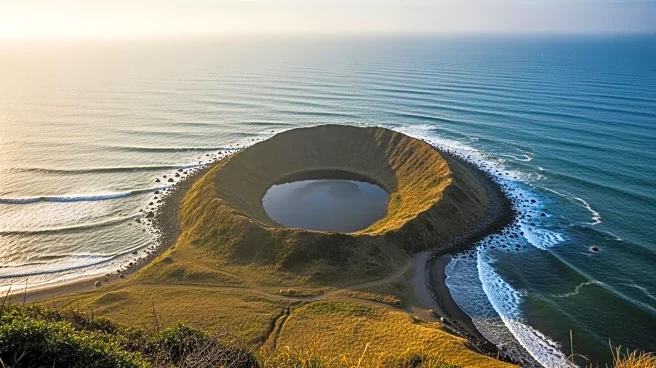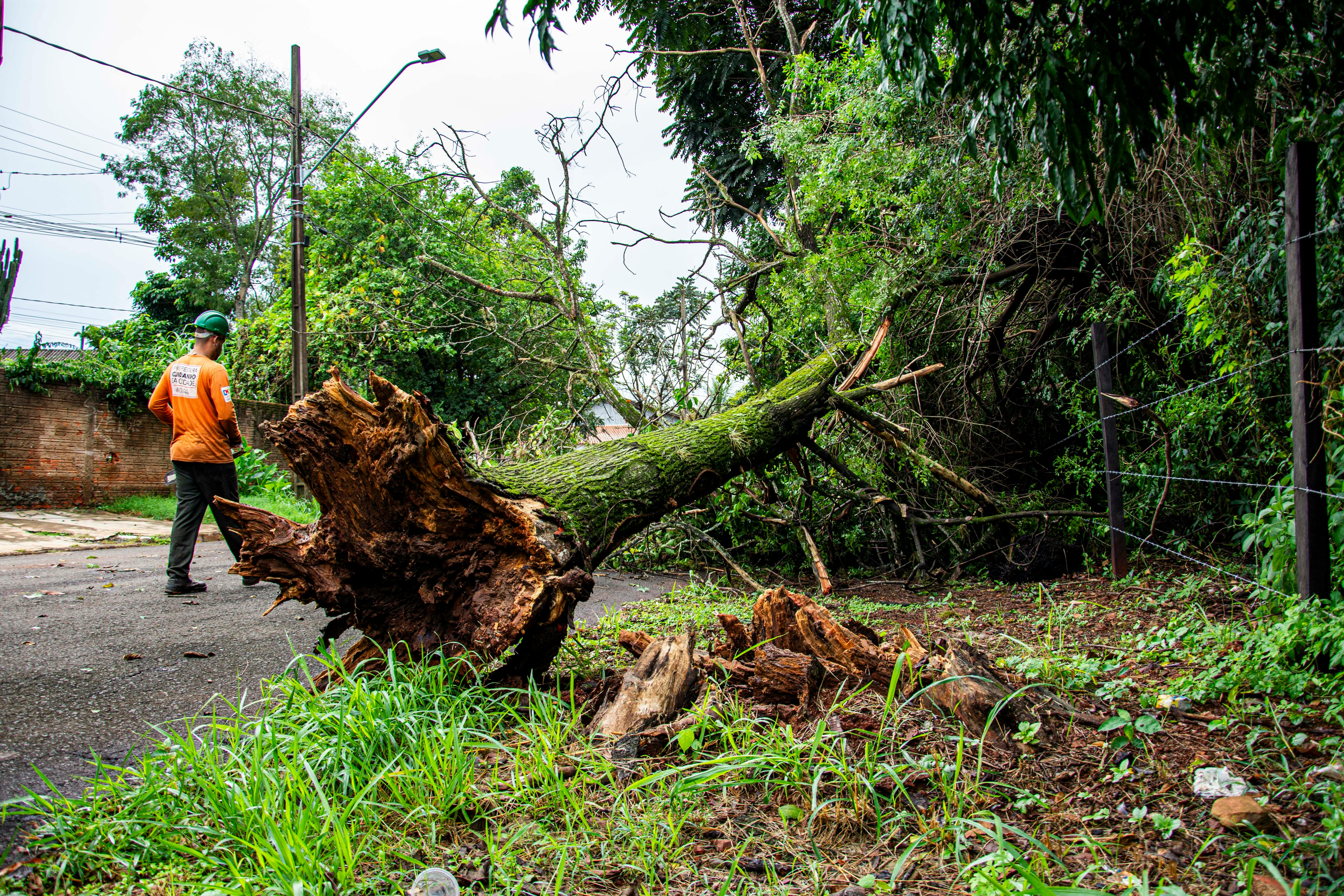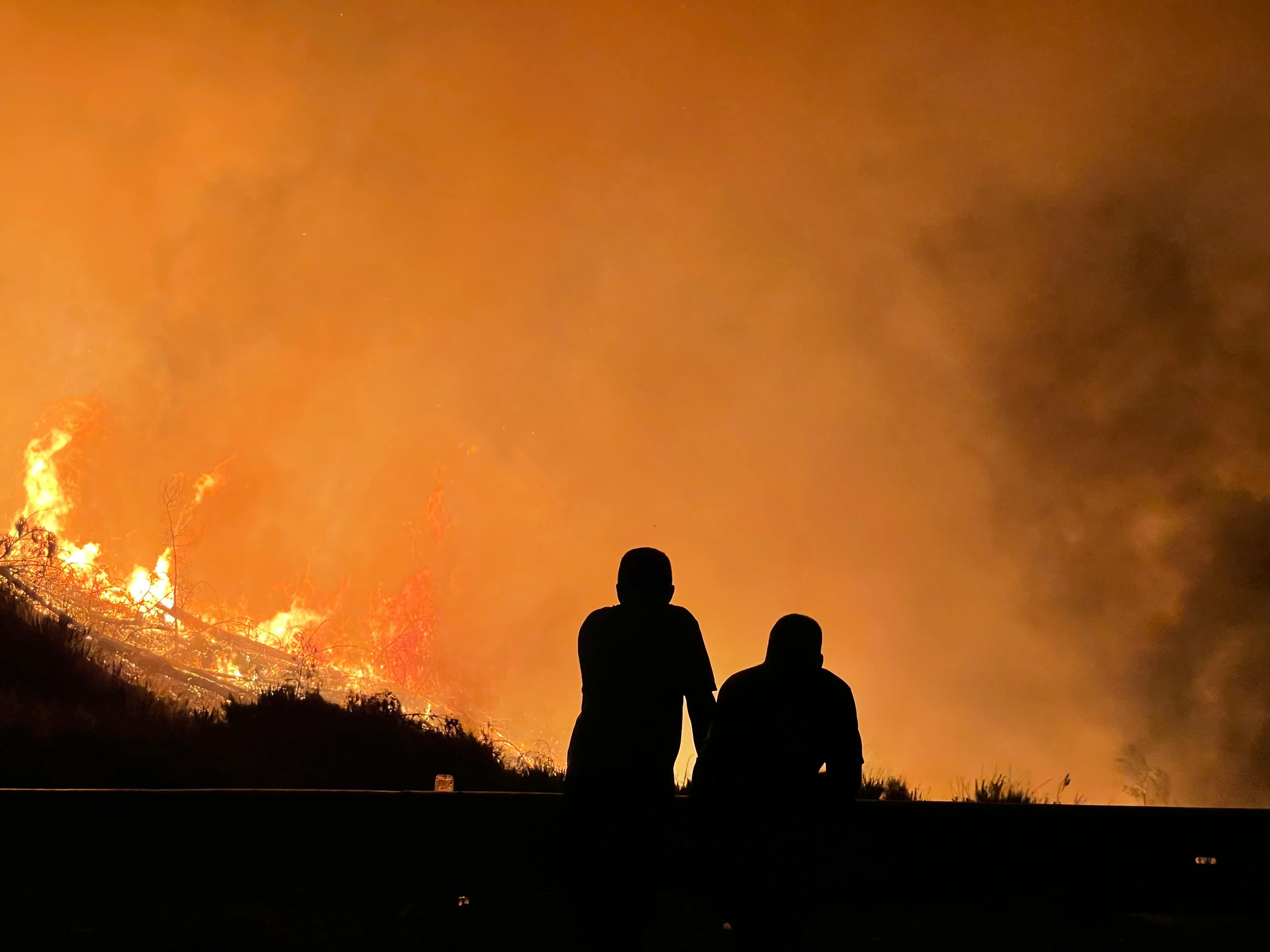What is the story about?
What's Happening?
A research team led by Dr. Uisdean Nicholson from Heriot-Watt University has confirmed the Silverpit Crater in the North Sea as an asteroid impact site. Using seismic imaging and microscopic study of rock cuttings, the team provided compelling evidence that the crater was formed by an asteroid or comet impact approximately 43 to 46 million years ago. The impact created a massive tsunami over 100 meters high. The crater, located 700 meters beneath the seabed, has been the subject of debate since its discovery in 2002, with previous theories suggesting alternative geological processes. The confirmation places Silverpit alongside other significant impact sites like the Chicxulub Crater in Mexico.
Why It's Important?
The confirmation of Silverpit as an impact crater provides valuable insights into the history of asteroid impacts on Earth and their potential effects on the planet's geology and ecosystems. Understanding these events can help scientists predict the consequences of future asteroid collisions and develop strategies for planetary defense. The study also highlights the importance of advanced seismic imaging techniques in uncovering geological phenomena. This discovery contributes to the broader field of planetary science by offering a rare example of a well-preserved hypervelocity impact crater, which can inform models of planetary formation and evolution.
What's Next?
The research team plans to use the new data to further explore how impacts shape planetary surfaces, which is challenging to study on other planets. This could lead to advancements in understanding Earth's geological history and the role of asteroid impacts in shaping its environment. Additionally, the findings may prompt further studies on the potential risks of future asteroid impacts and the development of mitigation strategies. The confirmation of Silverpit as an impact site may also encourage more research into other suspected impact craters around the world.
Beyond the Headlines
The study of impact craters like Silverpit can have broader implications for understanding Earth's geological processes and the history of life on the planet. Impact events have been linked to mass extinctions and significant shifts in climate and biodiversity. By studying these craters, scientists can gain insights into the resilience and adaptability of ecosystems in the face of catastrophic events. Furthermore, the research underscores the importance of international collaboration in advancing scientific knowledge and addressing global challenges.
AI Generated Content
Do you find this article useful?
















